Home>Garden Essentials>How Warm Does It Have To Be To Plant Grass Seed
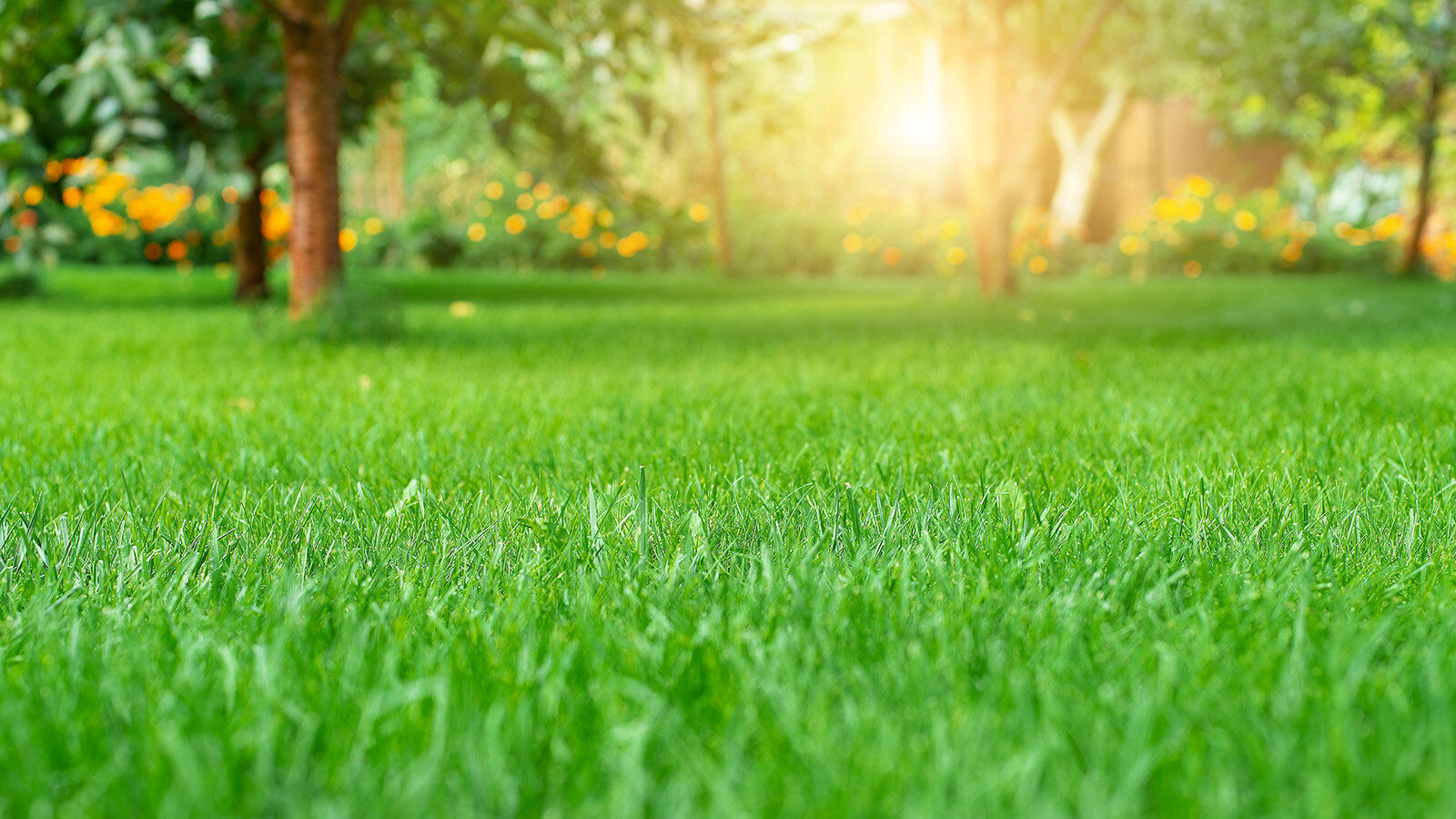

Garden Essentials
How Warm Does It Have To Be To Plant Grass Seed
Modified: April 1, 2024
Looking to plant grass seed in your garden? Find out how warm it needs to be for successful germination and growth.
(Many of the links in this article redirect to a specific reviewed product. Your purchase of these products through affiliate links helps to generate commission for Storables.com, at no extra cost. Learn more)
Introduction
Gardening enthusiasts and homeowners who are looking to have a lush and vibrant lawn often consider planting grass seed. However, the success of growing grass from seed greatly depends on various factors, with soil temperature being a crucial consideration. Understanding the optimal conditions for grass seed germination can significantly improve your chances of achieving a healthy and thriving lawn.
In this article, we will explore the importance of soil temperature in grass seed germination and discuss the ideal temperature range for successful growth. We will also provide some helpful tips on how to prepare your soil and plant grass seed in cooler conditions. So let’s dive in and uncover the secrets to planting grass seed effectively!
Key Takeaways:
- Understanding the ideal soil temperature for grass seed germination is crucial for a healthy lawn. Cool-season grasses prefer 50°F to 65°F, while warm-season grasses thrive in 70°F to 85°F soil temperatures.
- Proper soil preparation, timing, and care are essential for successful grass seed planting, especially in cooler conditions. Choose the right grass species, monitor soil temperature, and provide adequate moisture and protection from frost.
Factors Affecting Grass Seed Germination
Before we delve into the specific role of soil temperature in grass seed germination, let’s first take a look at the broader factors that influence the process. Understanding these factors can help you create the ideal conditions for successful germination and ensure that your efforts are not wasted.
1. Soil Moisture: Adequate moisture is vital for seed germination. If the soil is too dry, the seeds may not have enough water to initiate the germination process. On the other hand, excessive moisture can lead to rotting of the seeds. It is essential to strike the right balance and ensure that the soil is consistently moist.
2. Oxygen: Just like any living organism, seeds need oxygen to respire and grow. Adequate oxygen levels in the soil promote faster germination and healthier root development. Compacted soil or excessive waterlogging can limit the availability of oxygen, negatively impacting seed germination.
3. Light: While light is essential for the growth of established plants, it plays a minimal role in seed germination. Most seeds require darkness to germinate. Therefore, when planting grass seed, ensure that the seeds are buried at an appropriate depth to shield them from light.
4. Seed Quality: The quality of the grass seed itself plays a significant role in germination success. It is essential to use fresh, high-quality seeds that have been properly stored. Older or low-quality seeds may have reduced viability, reducing the chances of successful germination.
5. Seed Dormancy: Some grass seeds exhibit a natural dormancy period, where they remain in a state of suspended growth until specific conditions are met. In such cases, it may be necessary to break the dormancy through scarification or stratification techniques, depending on the seed type.
By taking into account these various factors and understanding their impact on seed germination, you can make informed decisions and create an optimal environment for your grass seeds to thrive.
The Importance of Soil Temperature
When it comes to grass seed germination, soil temperature plays a critical role in determining the success of the process. Soil temperature directly affects the metabolic activity of the seeds, influencing their ability to break dormancy, initiate root growth, and develop into healthy seedlings.
Seeds have specific temperature requirements for germination, and if the soil temperature is not within the ideal range, the seeds may remain dormant or fail to germinate altogether. Understanding the importance of soil temperature can help you plan your grass seed planting effectively.
1. Germination Speed: Soil temperature directly impacts the speed of germination. Warmer soil temperatures accelerate the metabolic processes within the seed, leading to faster germination. Conversely, cooler soil temperatures slow down these processes, prolonging the time it takes for the seeds to sprout.
2. Root Development: The temperature of the soil also affects the development of roots. Optimal soil temperatures promote the growth of healthy and robust root systems, allowing the grass seedlings to establish themselves firmly in the soil. This is crucial for their long-term growth and survival.
3. Nutrient Uptake: Healthy root systems not only anchor the grass plants but also facilitate the uptake of essential nutrients from the soil. During the early stages of growth, when the seedlings are most vulnerable, they rely heavily on these nutrients to establish a strong foundation for future growth.
4. Disease Resistance: Proper soil temperature can also contribute to the overall health and disease resistance of the grass seedlings. When the temperature is within the optimal range, the seedlings are more likely to withstand diseases and pests that can hinder their growth and development.
By understanding the importance of soil temperature in grass seed germination, you can ensure that you provide the ideal conditions for your grass seeds to thrive. In the next section, we will explore the optimal temperature range for successful grass seed germination.
Optimal Soil Temperature for Grass Seed Germination
For successful grass seed germination, it is crucial to provide the right soil temperature conditions. Different grass species have varying temperature requirements, so it’s important to know the specific needs of the grass you are planting. Generally, warmer soil temperatures tend to promote faster and more consistent germination.
1. Cool-Season Grasses: Cool-season grasses, such as Kentucky bluegrass, perennial ryegrass, and fine fescue, prefer cooler soil temperatures for germination. The optimal soil temperature range for cool-season grass seed germination is around 50°F to 65°F (10°C to 18°C). At these temperatures, the seeds have the best chance of breaking dormancy and initiating root growth.
2. Warm-Season Grasses: Warm-season grasses, such as Bermuda grass, Zoysia grass, and St. Augustine grass, thrive in warmer soil temperatures. The optimal soil temperature range for warm-season grass seed germination is between 70°F and 85°F (21°C and 29°C). These grass species are typically planted in late spring or early summer when the soil temperatures are warm enough to support their growth.
It is important to note that while these temperature ranges are considered optimal, slight variations above or below them can still result in successful germination. However, the speed and uniformity of germination may be affected when the soil temperature deviates significantly from the ideal range.
To monitor the soil temperature, you can use a soil thermometer, insert it into the soil at the desired planting depth, and take regular readings. This will help you determine the most suitable time to plant your grass seed, ensuring that the soil temperature is within the optimal range.
Keep in mind that soil temperature can vary based on factors such as the time of year, location, and weather conditions. It’s always a good idea to check weather forecasts and local climate data to gain a better understanding of the soil temperature trends in your area before planting grass seed.
By understanding the optimal soil temperature for your chosen grass species, you can give your seeds the best chance of germinating quickly, establishing healthy roots, and ultimately creating a lush and beautiful lawn.
Minimum Temperature for Successful Germination
While optimal soil temperature is essential for consistent and rapid grass seed germination, it is also crucial to consider the minimum temperature threshold for successful growth. Seeds have specific temperature requirements below which they may fail to germinate or experience delayed and uneven germination.
1. Cool-Season Grasses: Cool-season grasses have a higher tolerance for cooler temperatures compared to warm-season grasses. However, they still require a minimum soil temperature for successful germination. The general guideline for cool-season grass seed germination is a minimum soil temperature of around 40°F (4°C). If the soil temperature falls below this threshold, the germination process may be delayed, resulting in inconsistent growth and patchy lawns.
2. Warm-Season Grasses: Warm-season grasses are more sensitive to colder temperatures and typically require higher soil temperatures to germinate successfully. The minimum soil temperature for warm-season grass seed germination is around 60°F (15°C). If the soil temperature drops below this minimum threshold, the seeds may become dormant and fail to sprout until optimal conditions are met.
It is important to note that these are generalized guidelines, and the specific temperature requirements may vary slightly depending on the grass species and cultivar. Always refer to the seed packaging or consult with your local horticulture expert for precise temperature guidelines for the grass seeds you are planting.
To ensure that the soil temperature remains consistently above the minimum threshold, consider using protective measures such as mulching or covering the seeded area with a row cover or plastic sheet. These methods help create a microclimate that retains heat and protects the seeds from colder temperatures.
Be mindful of local weather conditions, as unexpected cold snaps or frost can damage or kill young grass seedlings. If you anticipate a period of below-minimum temperatures, it’s best to delay seeding until more favorable conditions arise.
By understanding the minimum temperature requirements for successful germination, you can time your grass seed planting accordingly and provide the optimal conditions needed for your seeds to thrive.
Grass seed should be planted when soil temperatures are consistently above 50°F (10°C) for cool-season grasses and above 65°F (18°C) for warm-season grasses. Use a soil thermometer to monitor temperatures before planting.
Warm-Season Grasses vs. Cool-Season Grasses
When it comes to selecting grass for your lawn, it’s essential to understand the difference between warm-season grasses and cool-season grasses. These grass types have distinct growth patterns and temperature preferences, which influence their suitability for different climates and seasons.
Warm-Season Grasses:
Warm-season grasses thrive in regions with hot summers and mild winters. They are known for their high heat tolerance and superior drought resistance. Here are some key characteristics of warm-season grasses:
- Growth and Dormancy: Warm-season grasses experience active growth during the summer months when temperatures are high. They go into a dormant phase during cooler months, turning brown or straw-colored. This dormancy helps them conserve energy and survive harsh winter conditions.
- Optimal Temperature: Warm-season grasses thrive in warmer soil temperatures, typically ranging between 70°F and 85°F (21°C and 29°C) during the germination and growth phase.
- Popular Warm-Season Grasses: Bermuda grass, Zoysia grass, Centipede grass, and St. Augustine grass are some common warm-season grass varieties used for lawns in warm climates.
Cool-Season Grasses:
Cool-season grasses are well-suited for regions with colder winters and moderate summers. They exhibit excellent cold tolerance and can handle a wide range of temperature fluctuations. Here are some key characteristics of cool-season grasses:
- Growth and Dormancy: Cool-season grasses have active growth periods in cooler temperatures, typically during spring and fall. They may go semi-dormant during extreme heat or go dormant during winter, but they tend to maintain their green color better during the colder months compared to warm-season grasses.
- Optimal Temperature: Cool-season grasses prefer cooler soil temperatures, typically ranging between 50°F and 65°F (10°C and 18°C) during the germination and growth phase. They can tolerate frost and mild freezes during the winter.
- Popular Cool-Season Grasses: Kentucky bluegrass, perennial ryegrass, tall fescue, and fine fescue are some common cool-season grass varieties used for lawns in temperate regions.
Choosing the right grass type for your lawn depends on various factors, including your climate, soil conditions, and personal preferences. Warm-season grasses are ideal for hot and arid climates, while cool-season grasses are more suitable for areas with colder winters and moderate summers.
It’s important to note that warm-season and cool-season grasses have different maintenance requirements. For instance, warm-season grasses may need more water during hot summers, while cool-season grasses may require additional care to withstand extreme winter conditions.
If you live in a transitional climate zone that experiences both hot summers and cold winters, you may opt for a blend of warm-season and cool-season grasses. This approach allows for a year-round green lawn, with warm-season grasses thriving in summer months and cool-season grasses filling in during cooler seasons.
Consider your specific climate and lawn care preferences when selecting between warm-season and cool-season grasses. By choosing the right grass type for your region, you can create a beautiful and resilient lawn that withstands the challenges of your local climate.
Preparing the Soil for Grass Seed Planting
Proper soil preparation is crucial for the successful establishment of grass seed. Before planting, it is essential to ensure that the soil is fertile, well-drained, and free from debris that can hinder seed germination and growth. Here are some steps to prepare the soil for planting grass seed:
1. Remove any existing vegetation: Clear the area of any existing grass, weeds, or vegetation. Use a rake or shovel to remove debris, rocks, and other obstructions. This will create a clean slate for your new grass seed to take root.
2. Test the soil: Conduct a soil test to determine its pH level and nutrient composition. This will help you understand the soil’s fertility and whether any amendments are necessary. Adjusting the pH level and adding organic matter or fertilizers can improve the soil’s conditions for optimal grass growth.
3. Loosen the soil: Use a tiller or garden fork to loosen the top few inches of soil. This will break up compacted soil and improve its texture, allowing the grass roots to penetrate easily. Avoid excessive tilling, as it can disrupt the soil structure and promote weed growth.
4. Amend the soil: Based on the results of your soil test, add necessary amendments to improve soil quality. For example, if the soil is acidic, you may need to add lime to raise the pH level. If it is lacking in nutrients, add organic matter, such as compost or well-rotted manure, to provide essential nutrients to the grass seedlings.
5. Level the surface: Use a rake or leveling tool to smooth out any uneven areas in the soil. Aim for a level surface to ensure even water distribution and prevent waterlogging in certain areas. This will promote uniform germination and growth of the grass seedlings.
6. Moisten the soil: Before planting grass seed, lightly water the prepared soil. This provides moisture for the seeds to make contact with and kick-starts the germination process. Avoid overwatering, as excessively wet soil can lead to poor germination or seed rot.
7. Sow the grass seed: Follow the recommended seeding rate for the specific grass species you are planting. Use a broadcast spreader or hand spreader to evenly distribute the seed over the prepared soil. To ensure good seed-to-soil contact, gently rake or roll the area to lightly cover the seeds with a thin layer of soil.
8. Water regularly: After sowing the grass seed, water the area regularly to keep the soil consistently moist until the seeds germinate and establish. Be careful not to oversaturate the soil, as excessive water can wash away the seeds or drown the emerging seedlings.
By following these steps, you can create an ideal foundation for your grass seed to thrive. Proper soil preparation enhances seed germination, promotes root development, and sets the stage for a healthy and vibrant lawn. Remember to continue proper maintenance practices, such as regular watering, mowing, and fertilizing, to nurture your grass seedlings into a beautiful, flourishing lawn.
Tips for Planting Grass Seed in Cooler Conditions
Planting grass seed in cooler conditions requires some additional care and attention to ensure successful germination and establishment. Here are some helpful tips to consider when planting grass seed in cooler weather:
1. Choose the right grass species: Opt for cool-season grass species that are specifically adapted to colder temperatures, such as Kentucky bluegrass, perennial ryegrass, or fine fescue. These grasses have better germination rates and are more tolerant of cooler conditions compared to warm-season grasses.
2. Monitor soil temperature: Use a soil thermometer to regularly monitor the soil temperature. Wait until the soil temperature consistently reaches the minimum threshold for your specific grass species. Planting too early when the soil is still too cold can result in delayed or uneven germination.
3. Timing is key: Choose the best time to plant grass seed in cooler conditions. Ideally, aim for early spring or late summer when the temperature is relatively cool but starting to warm up. This allows the seed to germinate and establish before extreme heat or cold sets in.
4. Prepare the soil thoroughly: Follow the steps for soil preparation mentioned earlier to create a suitable environment for seed germination. Ensure the soil is well-drained and free from debris. Loosen the soil to allow proper root development and amend it with organic matter to improve fertility.
5. Seed at the right rate: Follow the recommended seeding rate for your chosen grass species. While it may be tempting to increase the seeding rate in cooler conditions, it can lead to overcrowding and competition among seedlings. Stick to the recommended rate for optimal results.
6. Provide proper moisture: Adequate moisture is essential for seed germination, particularly in cooler conditions when the soil tends to dry out slower. Water the seeded area regularly to keep the soil moist but avoid overwatering, as it can lead to fungal diseases. A light misting or gentle watering is usually sufficient.
7. Protect from frost and cold snaps: Keep an eye on the weather forecast and be prepared to protect the newly planted grass seed from frost or sudden drops in temperatures. Use frost blankets or covers to shield the seeds and seedlings from cold weather, especially at night.
8. Consider straw mulching: Applying a thin layer of straw mulch over the seeded area can help retain moisture, regulate soil temperature, and protect the seeds from harsh weather conditions. Avoid using thick layers that can smother the seedlings.
9. Monitor and adjust watering: Adjust the watering schedule based on weather conditions. Cooler temperatures and rainfall may reduce the frequency of watering, while warmer and drier conditions might require more regular irrigation. Keep the soil consistently moist but not waterlogged.
10. Be patient: Grass seed germination in cooler conditions can be slower compared to warmer seasons. Be patient and allow sufficient time for the seeds to germinate and establish. Avoid walking or mowing on the seeded area until the grass seedlings have reached a height of at least 3 inches.
By following these tips, you can increase the chances of successful grass seed germination in cooler conditions. With proper care and maintenance, the grass seedlings will develop into a healthy and lush lawn, ready to withstand the challenges of the upcoming seasons.
Conclusion
Planting grass seed is an exciting endeavor that can transform your outdoor space into a lush and vibrant landscape. Understanding the factors that affect grass seed germination and the importance of soil temperature is vital for achieving successful results. By considering these factors and following proper techniques, you can set your grass seed on the path to healthy growth and establishment.
Factors such as soil moisture, oxygen, light, seed quality, and seed dormancy all play a role in the germination process. However, one of the most crucial factors is soil temperature. Different grass species have specific temperature requirements, and providing the optimal soil temperature range greatly enhances the speed and success of germination.
For cool-season grasses, aim for soil temperatures between 50°F to 65°F (10°C to 18°C) during germination, while warm-season grasses thrive in temperatures between 70°F and 85°F (21°C and 29°C). Understanding these temperature preferences helps you plan when to sow your grass seeds for the best results.
Proper soil preparation is essential for successful germination. Clear the area of vegetation, test and amend the soil if necessary, and ensure a level and well-drained surface. By creating the right conditions, you provide the optimal environment for seed germination and root development.
When planting in cooler conditions, choose cool-season grass species, monitor soil temperature, time your planting carefully, and take extra care to provide sufficient moisture and protect from frost or extreme temperature fluctuations. By following these tips, you can increase the chances of successful germination even in cooler weather.
Remember, patience is key when waiting for grass seed to sprout and establish. It takes time for the seedlings to develop into a strong and healthy lawn. With ongoing care, following proper watering, mowing, and fertilizing practices, you will enjoy the rewards of your efforts as your grass flourishes and transforms your outdoor space.
By combining your gardening knowledge with an understanding of SEO optimization, you can create comprehensive and engaging articles that are informative, captivating, and optimized for search engines. So go ahead and share your garden expertise with the world, knowing that your content will be both valuable and visible. Happy gardening!
Frequently Asked Questions about How Warm Does It Have To Be To Plant Grass Seed
Was this page helpful?
At Storables.com, we guarantee accurate and reliable information. Our content, validated by Expert Board Contributors, is crafted following stringent Editorial Policies. We're committed to providing you with well-researched, expert-backed insights for all your informational needs.
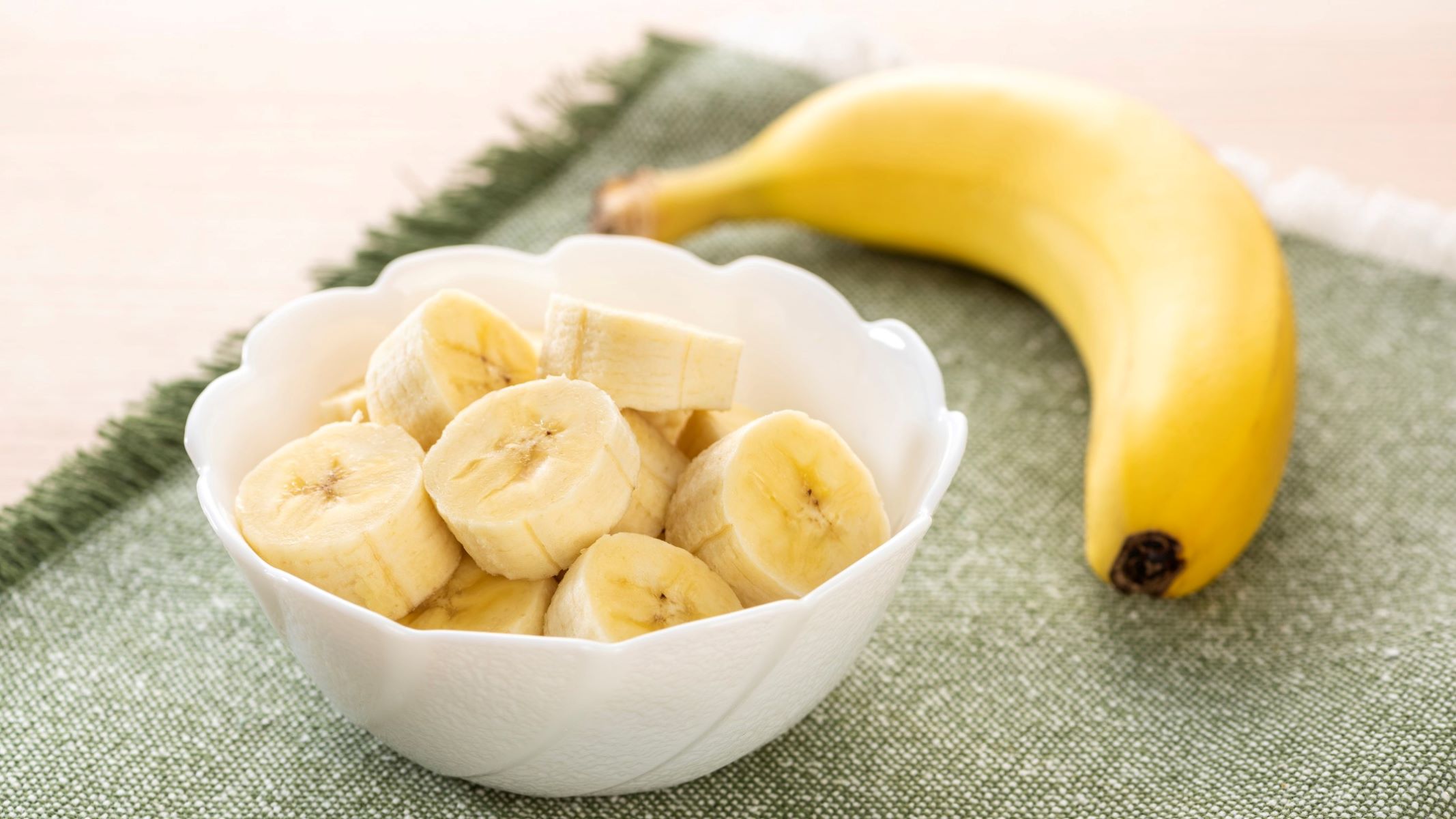

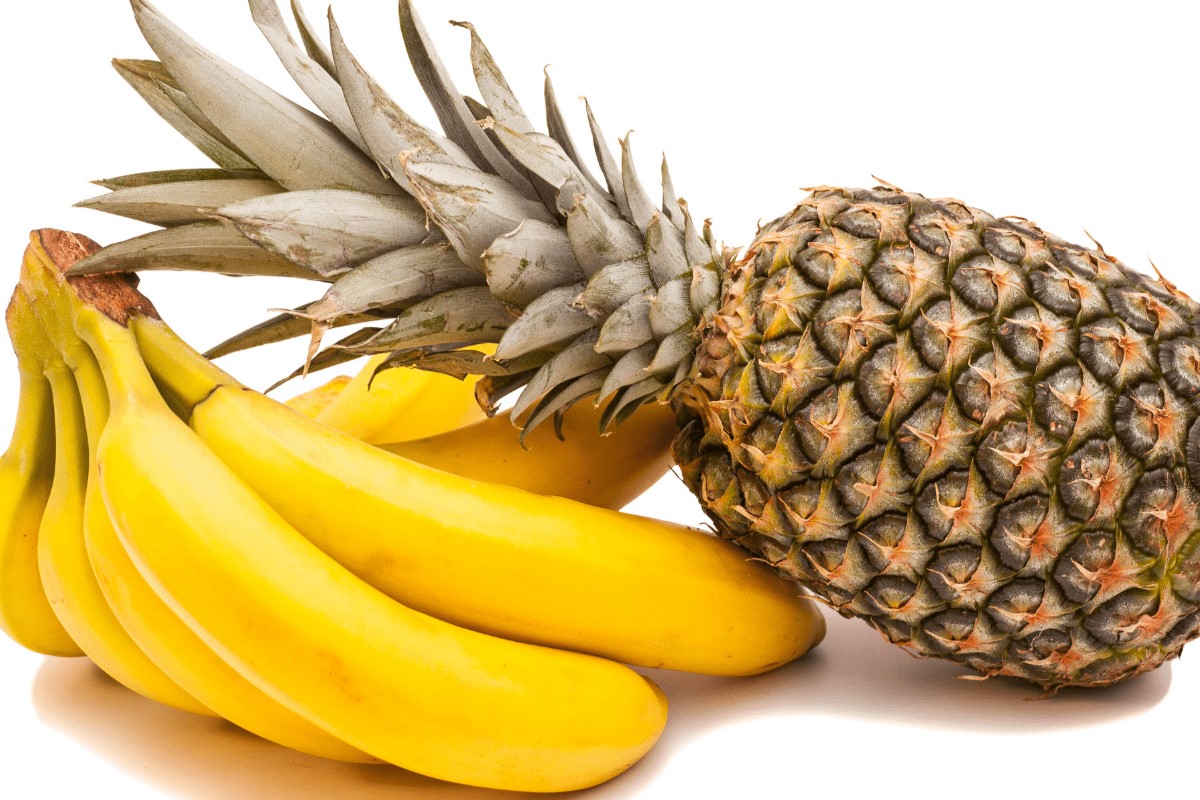



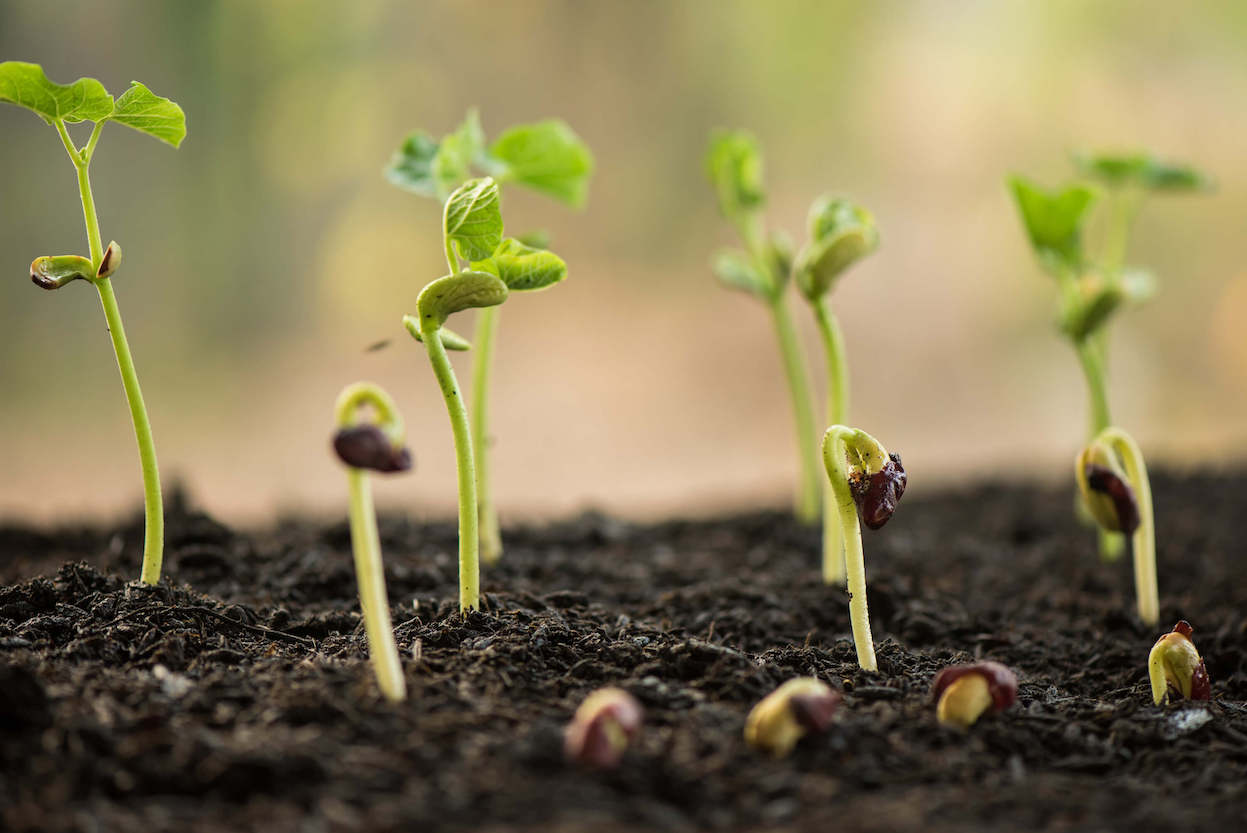
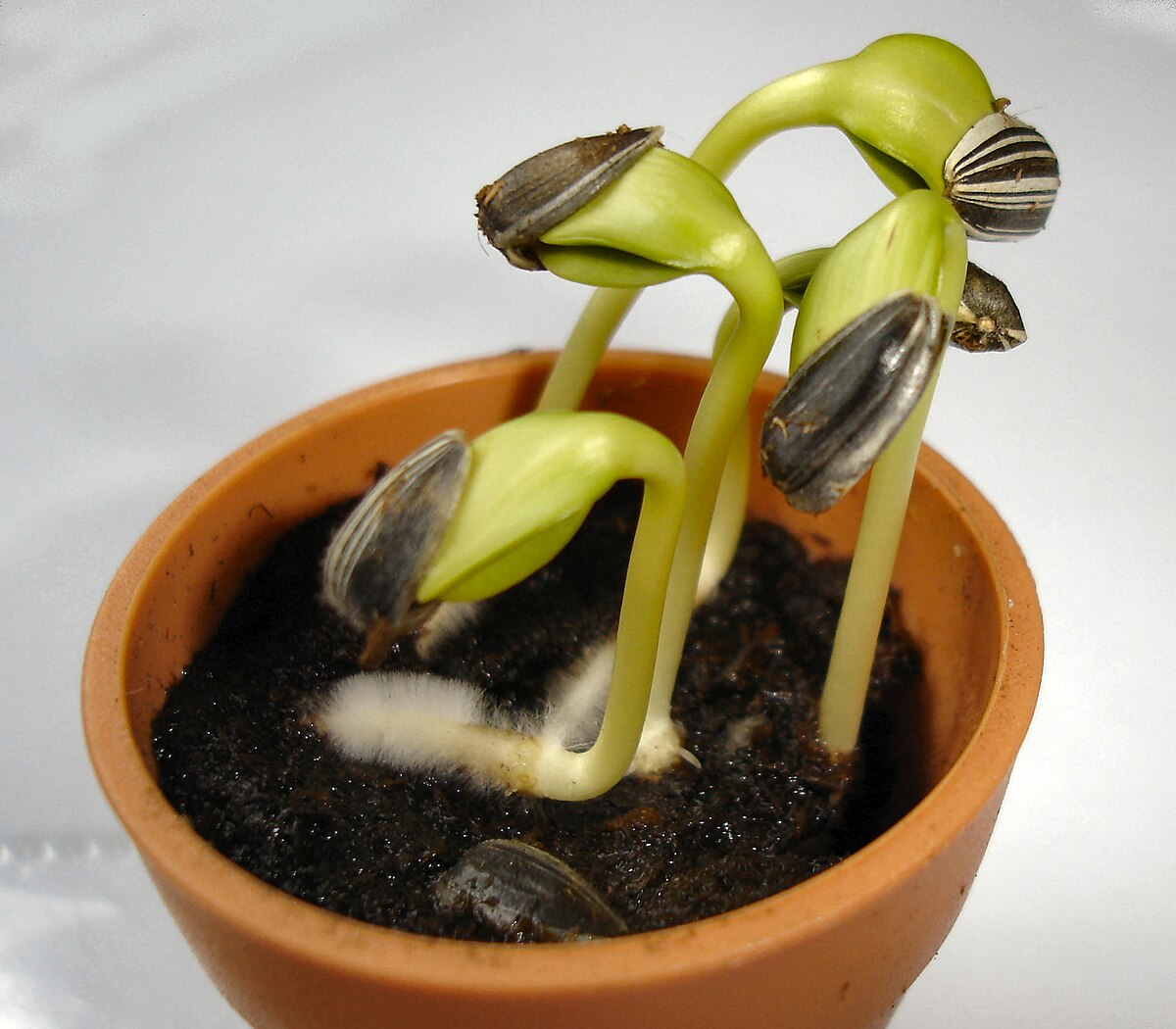
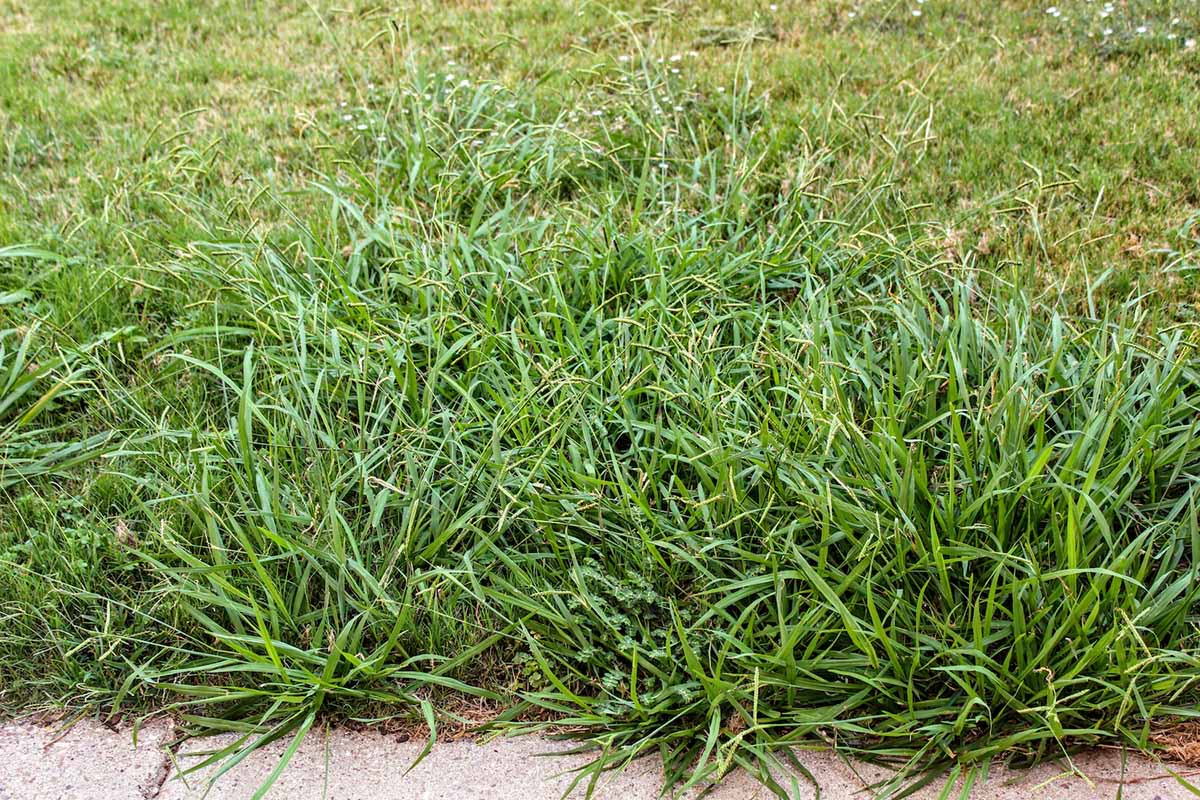

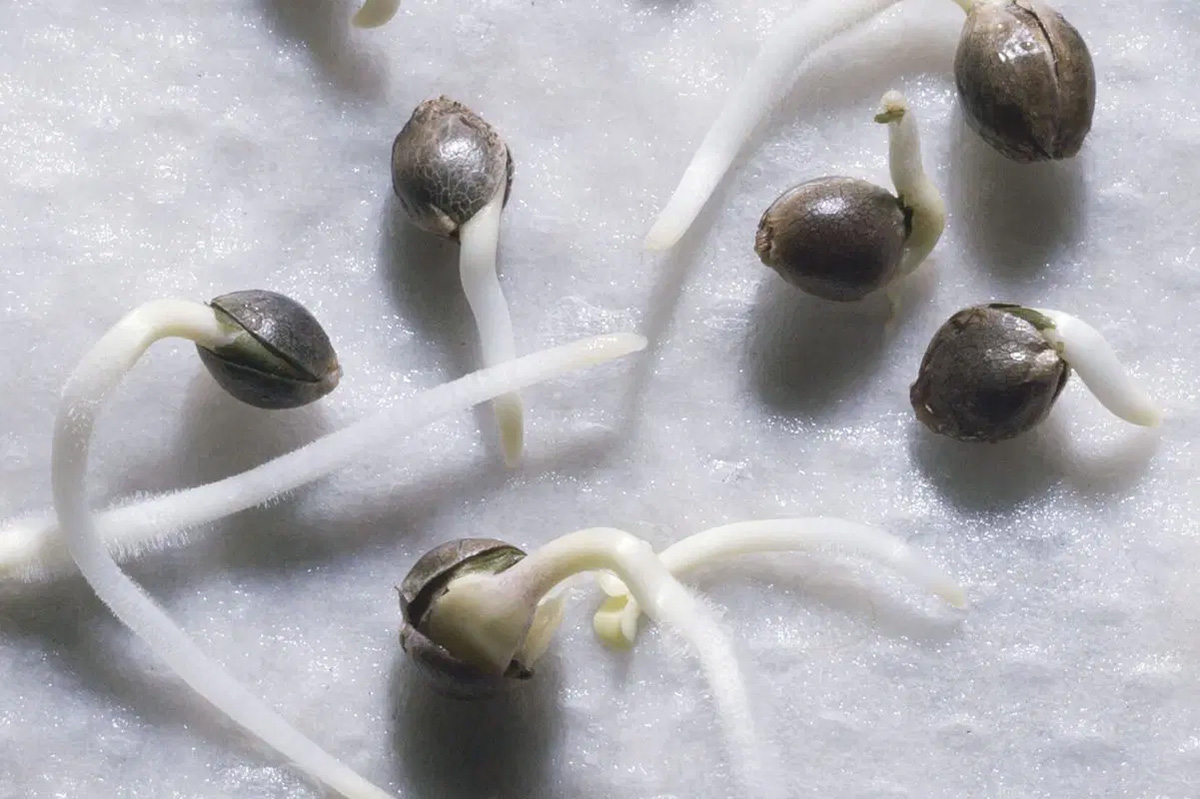

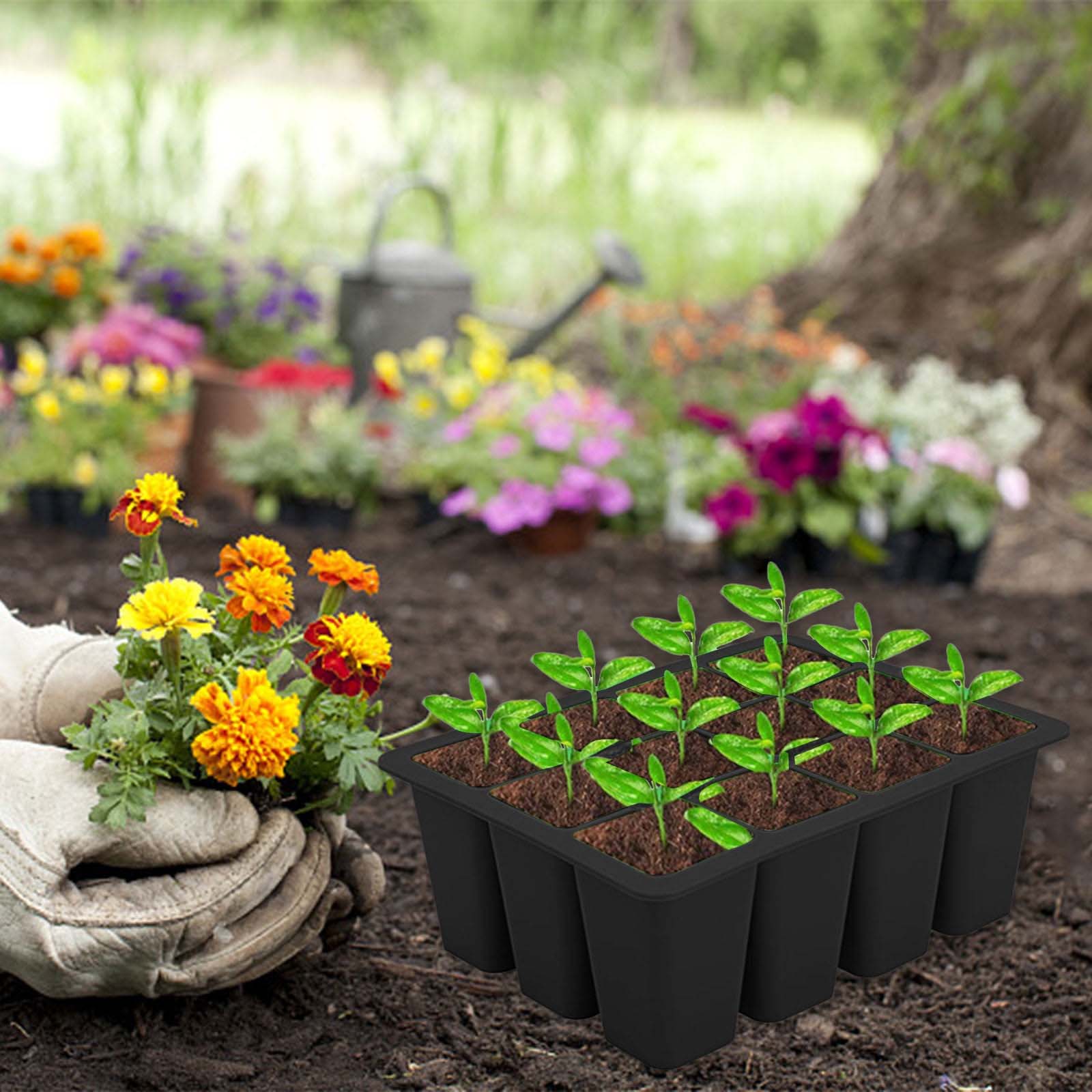
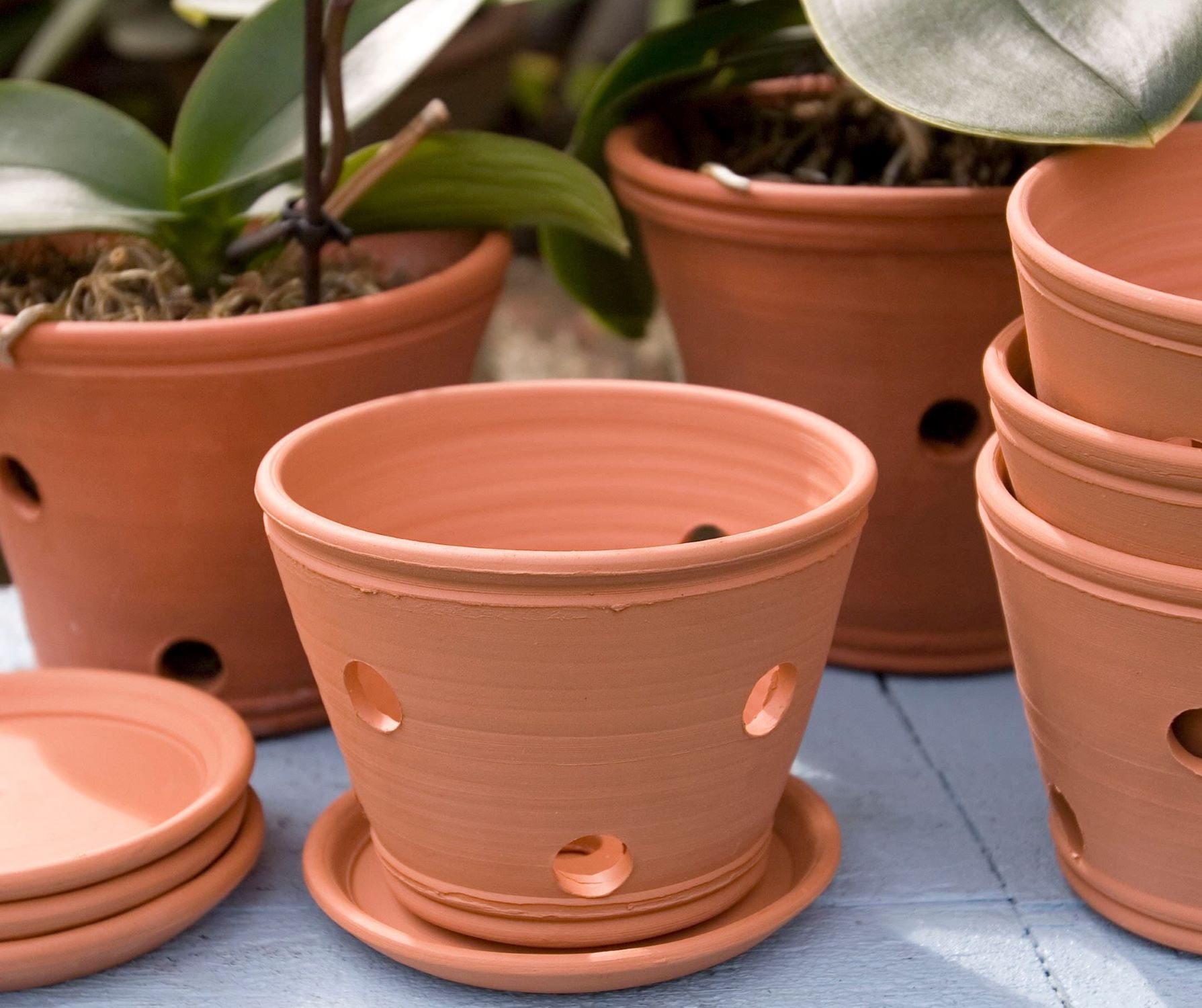

0 thoughts on “How Warm Does It Have To Be To Plant Grass Seed”